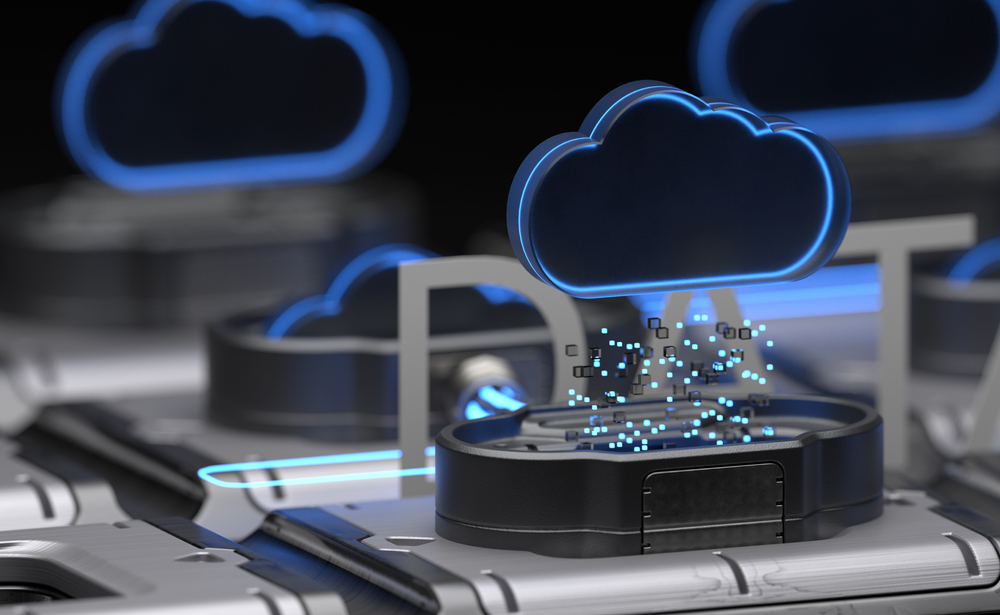
As traditional mainframes become more difficult to maintain, IT executives are struggling to determine how to bring this technology with them into the future. Do we abandon mainframe systems in favor of a cloud-based platform? Or, do mainframes simply need to be modernized? Here’s how to decide which option is best for your organization.
The staying power of mainframes
“Mainframes” and “future” in the same sentence? Despite the longevity of this technology, we’re not the first to wonder if they’re incompatible with modern systems. Even back in 1991, Stewart Alsop, former InfoWorld editor-in-chief, predicted mainframes would be obsolete by 1996. But as the current technological landscape demonstrates, they clearly haven’t gone anywhere.
On the contrary, 75% of business executives and IT leaders say mainframes still have long-term viability. According to BMC’s 2022 mainframe report, 95% of survey respondents say the mainframe will remain a “long-term platform that will grow and attract new workloads.” The report also found that “mainframe growth shows no sign of slowing down while organizations prioritize processes that improve resiliency and efficiency.”
Safe to say history has deviated from obsoleting the mainframe. Now, organizations find themselves wondering how to integrate this tech into a modern architecture.
Mainframe re-platforming vs. modernization
With mainframes squarely part of the forward-looking plan for many enterprise companies, IT leaders agree these systems need to be upgraded, modernized, or replaced. But doing so is often easier said than done. According to a 2020 report, 74% of participants began a migration program for legacy mainframe systems, but they failed to complete it, citing fear of change and/or lack of funding as the primary reasons.
It comes down to approach. Should you re-platform (replace) or modernize your mainframe? Business needs and goals play a significant role in determining the best path forward. Re-platforming provides a gradual replacement at the expense of significant CAPEX. Meanwhile, modernizing maintains IT synergies but demands a high level of expertise to facilitate. Which option is best for your organization?

Option 1: Replacing (re-platforming) mainframes
While it may be tempting to jettison old technology in the era of cloud computing, re-platforming isn’t the right move for many businesses. Consider how replacing your mainframe can disrupt customer and business activities. For example, TSB, a bank in the UK, infamously invested $500 million into a mainframe transition project, resulting in “almost 2 million customers being locked out of their accounts” and fines in excess of $60M. This potential for disruption is part of why only 4% of IT leaders say their businesses are transitioning to a cloud-native system.
Offloading everything to the cloud can also be costly and time-consuming. A massive mainframe migration requires specific technical skills and can accrue significant tech debt. More often than not, the “rip and replace” tactic is cost-prohibitive.
This isn’t to say re-platforming is a guaranteed loss. When you consider 90% of business leaders agree it’s difficult to find talent to maintain mainframes, the prospect of replacing them can feel more like “ripping off a Band-Aid.” If a cloud-native architecture is a de-facto part of your future, re-platforming can help avoid transitional headaches later. And, the sooner you migrate, the sooner you can build a system of support around your new architecture.
Option 2: Modernizing your mainframe
Modernizing your mainframe offers a host of benefits — namely the avoidance of a complete migration. For many companies, mainframes provide a more efficient method of managing large workloads and data volumes. In simplest terms, “If it’s not broken, don’t fix it!”
Instead, find ways to modernize and upgrade your mainframe to meet demands while also integrating with newer technology. Establish a fit-for-purpose mentality. Often, bridging the gap between a legacy system and modern architecture results in the best of both worlds for companies, including:
- Lower infrastructure and operational costs — as much as 50% in some cases
- Improved mainframe performance and reliability
- Quicker than re-platforming, requiring less specialized expertise to facilitate
- Better integration with custom IT ecosystems and turnkey business architecture
For many businesses, modernizing existing mainframes to fit with new and emerging technologies can be more effective and affordable than replacing the system entirely. And, with fewer disruptions and similar synergies to a full re-platform, it proves to be the path of least resistance for most companies.
Modernize with a mind toward the future
In the case of re-platforming vs. modernization, business needs should always drive your decision. For some companies, moving to a cloud-based model may ultimately be more effective. For others, modernization may reduce risk and improve cost-effectiveness with similar results. The decision comes down to your forward-looking vision for IT investment and improvement.
For a trusted partner in evaluating your current mainframe environment, helping you evaluate whether outsourcing is right for your situation, and finding the right provider for your culture and scenario, contact the Windsor Group. Ask about our industry unique engagement model.

